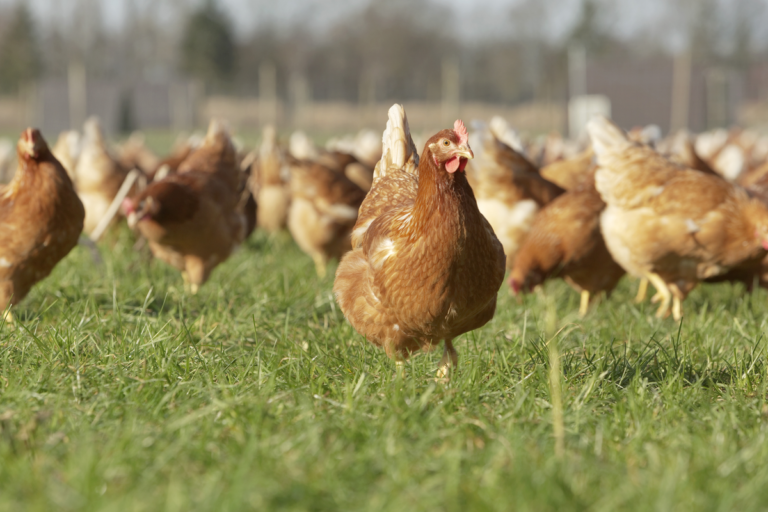Many producers are aware of the significant impact red mite has on bird productivity and welfare, but it’s also important to remember the risks it poses to workers.
“The fact that red mite could have an impact on staff is sometimes unknown, as publicity tends to focus on the impact the parasites have on birds. However, it should be noted that treating birds will also benefit your workforce as it can prevent red mite from spreading to people,” said Katie Pitman, technical veterinary adviser at MSD Animal Health UK.
“When workers come into contact with infested birds or environments, the red mite can crawl onto workers leading to irritation which can cause dermatitis and other skin conditions. This also means there is a greater risk of spreading the mite from shed-to-shed, to other sites, or even taking it home.”
Warmer weather and increased humidity both create optimal conditions for red mite to multiply, meaning the parasite completes its lifecycle, from egg to adult, in just seven days.
“There is an increased risk to workers during the summer months, so if you spot red mite it’s important that treatment is carried out as soon as possible to prevent the infestation from worsening,” said Pitman.
When it comes to selecting treatment, some options are easier and less time consuming than others.
“Chemicals, detergents and products containing diatomaceous earth are often used as a treatment option for red mite, but these can be unpleasant for the workforce to use and it can take a great deal of time to spray all areas of the shed,” she said.
“From my experience, using a product like EXZOLT (fluralaner) which is easily administered through the drinking water is beneficial as it is quick to administer and does not require people to move among the birds. This means red mite are less likely to transfer onto staff and cause irritation.”
Egg producers reminded of risk to worker welfare during summer red mite season

Chloe Ryan
Editor of Poultry Business, Chloe has spent the past decade writing about the food industry from farming, through manufacturing, retail and foodservice. When not working, dog walking and reading biographies are her favourite hobbies.

